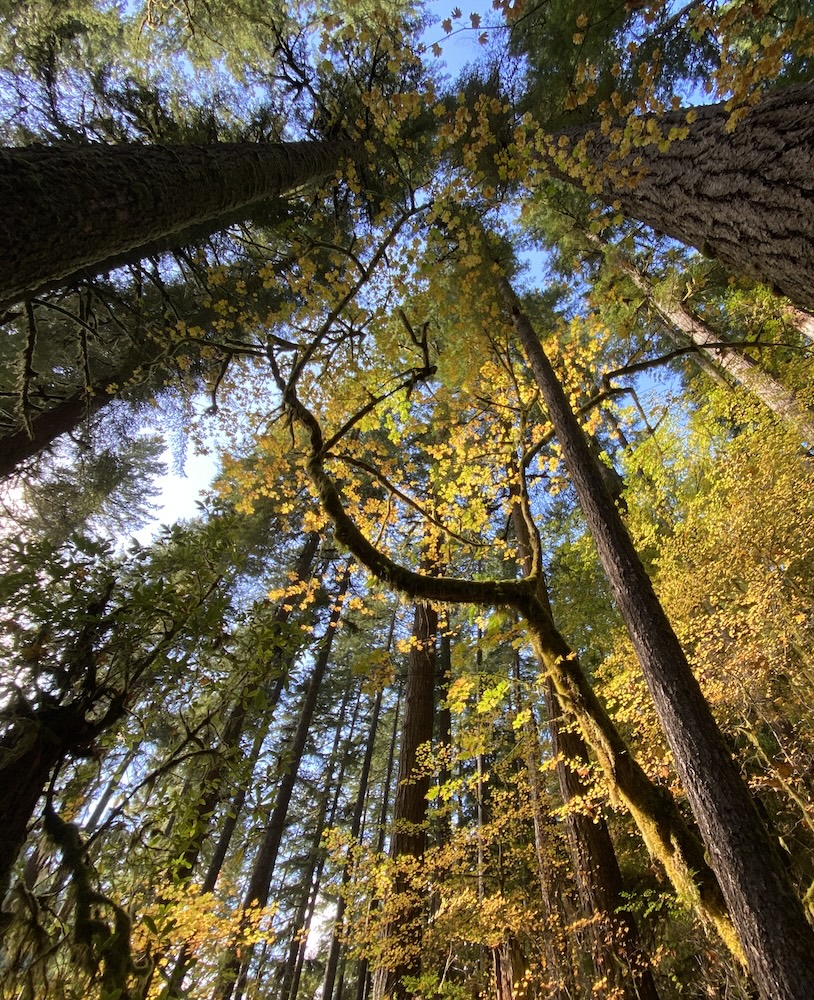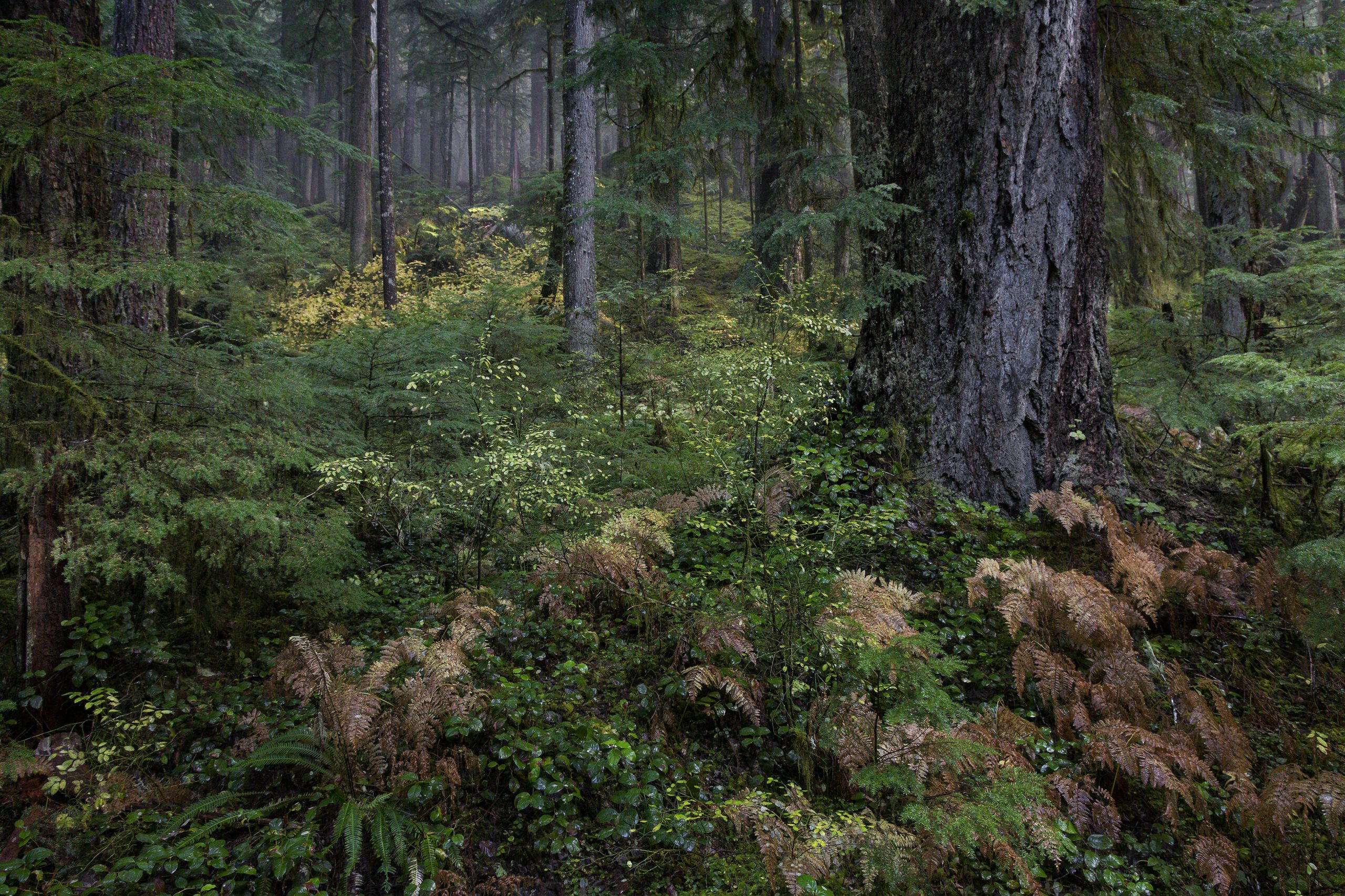
Our Work
Defending Forests & Public Lands
Because nature needs defenders.
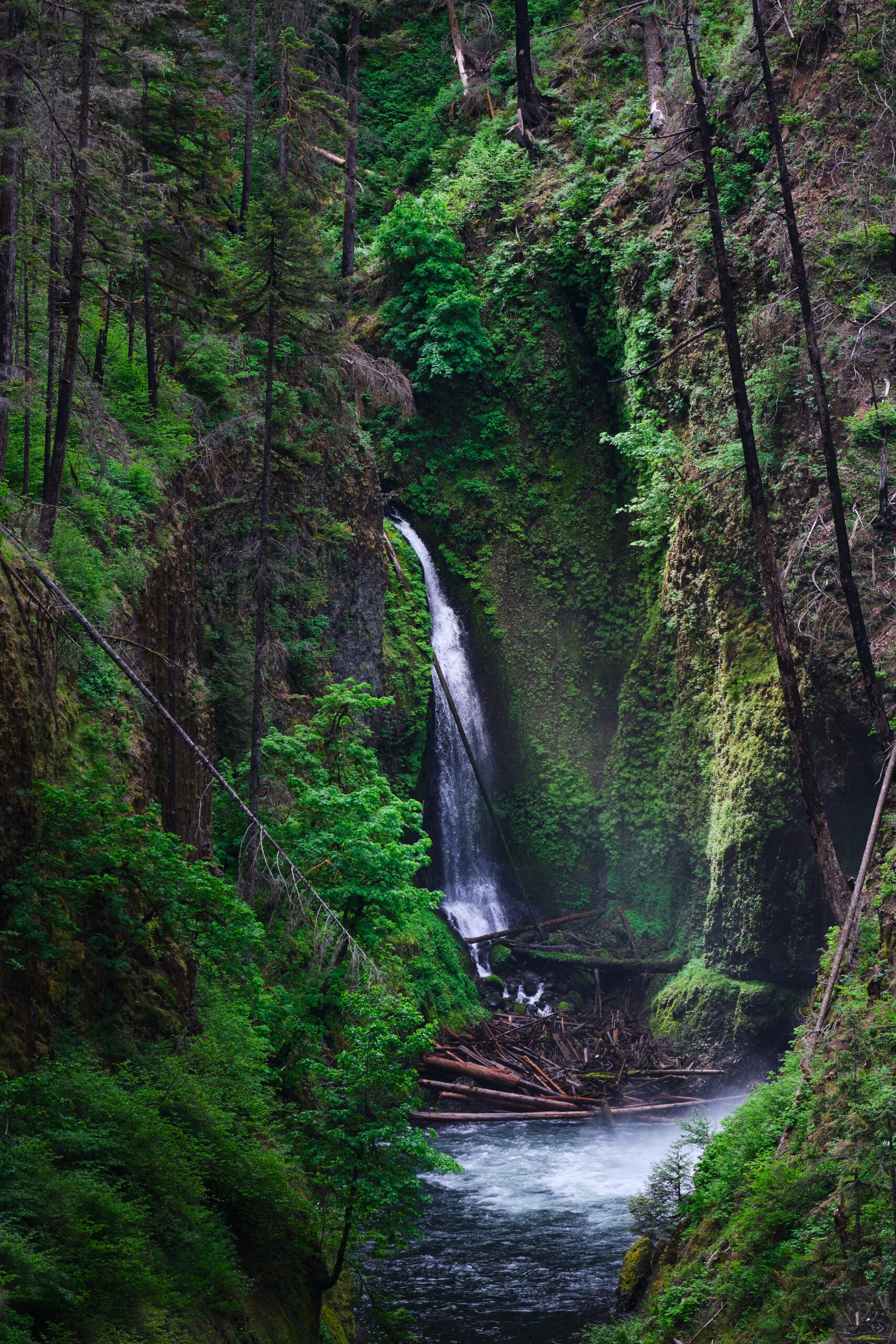
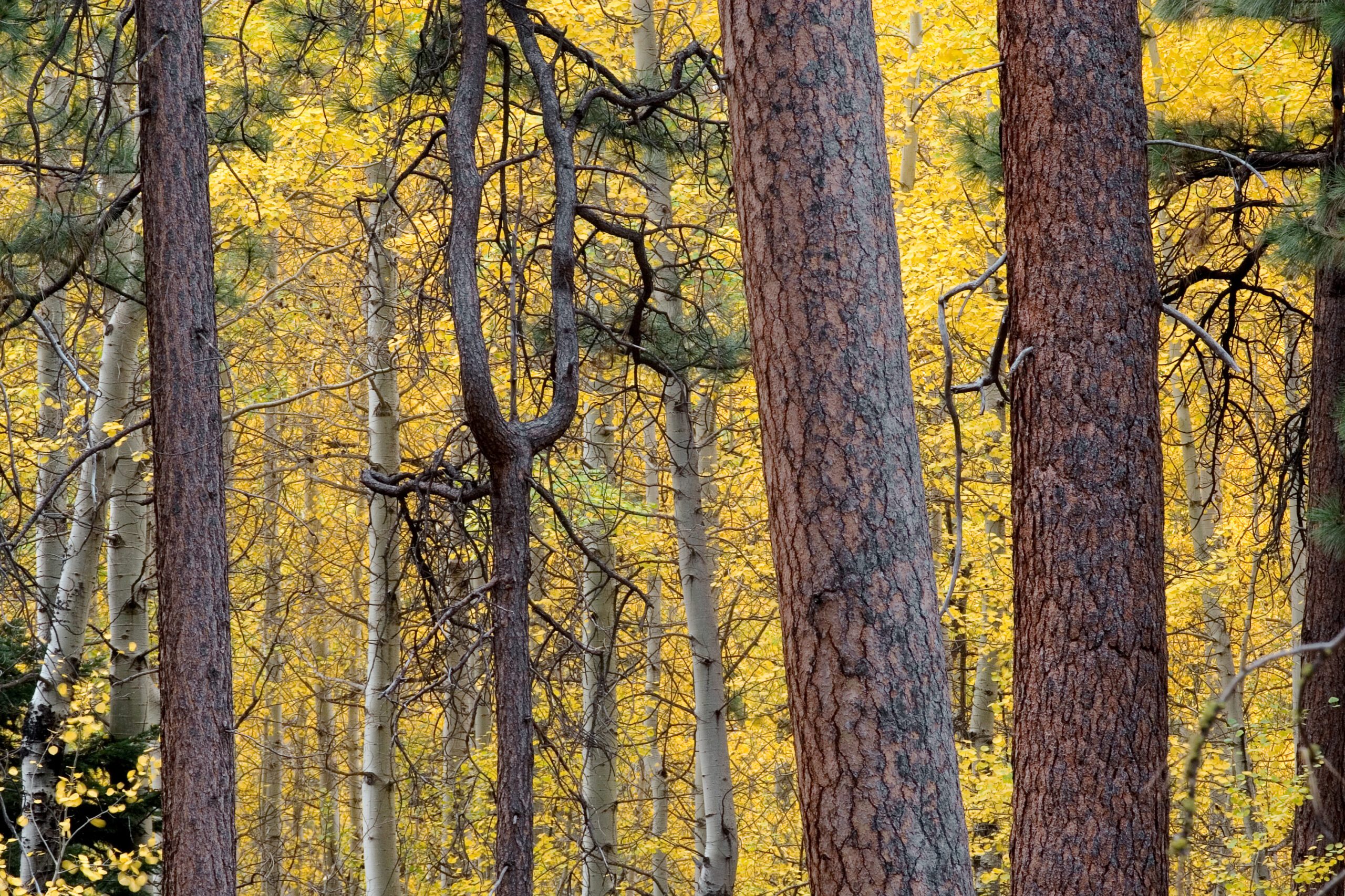
Threats to public lands seem never-ending. Our last mature and old-growth forests are targeted for logging. Continued harm to waterways and habitat drives wildlife to the brink of extinction. And environmental laws, proudly passed to protect the nation’s natural wonders, are eroded by out-of-touch lawmakers.
Over the decades, we’ve stopped countless old-growth timber sales and other egregious logging projects in every corner of the state. We’ve defended key provisions in federal forest policy to protect rare species and streams in Western Oregon. We pushed back against recent rollbacks to the Cascade Siskiyou National Monument and fought to maintain large-tree protections across Central and Eastern Oregon. When short-sighted political deals threatened to starve Klamath Basin wildlife refuges of water or sell off the Elliott State Forest to the highest bidder, we stopped those plans dead in their tracks.
Oregon Wild Campaigns
Defending forests and public lands is the heart of our work. Because of it, Oregon still has ancient forests standing, rivers flowing free, and large wild lands to protect.
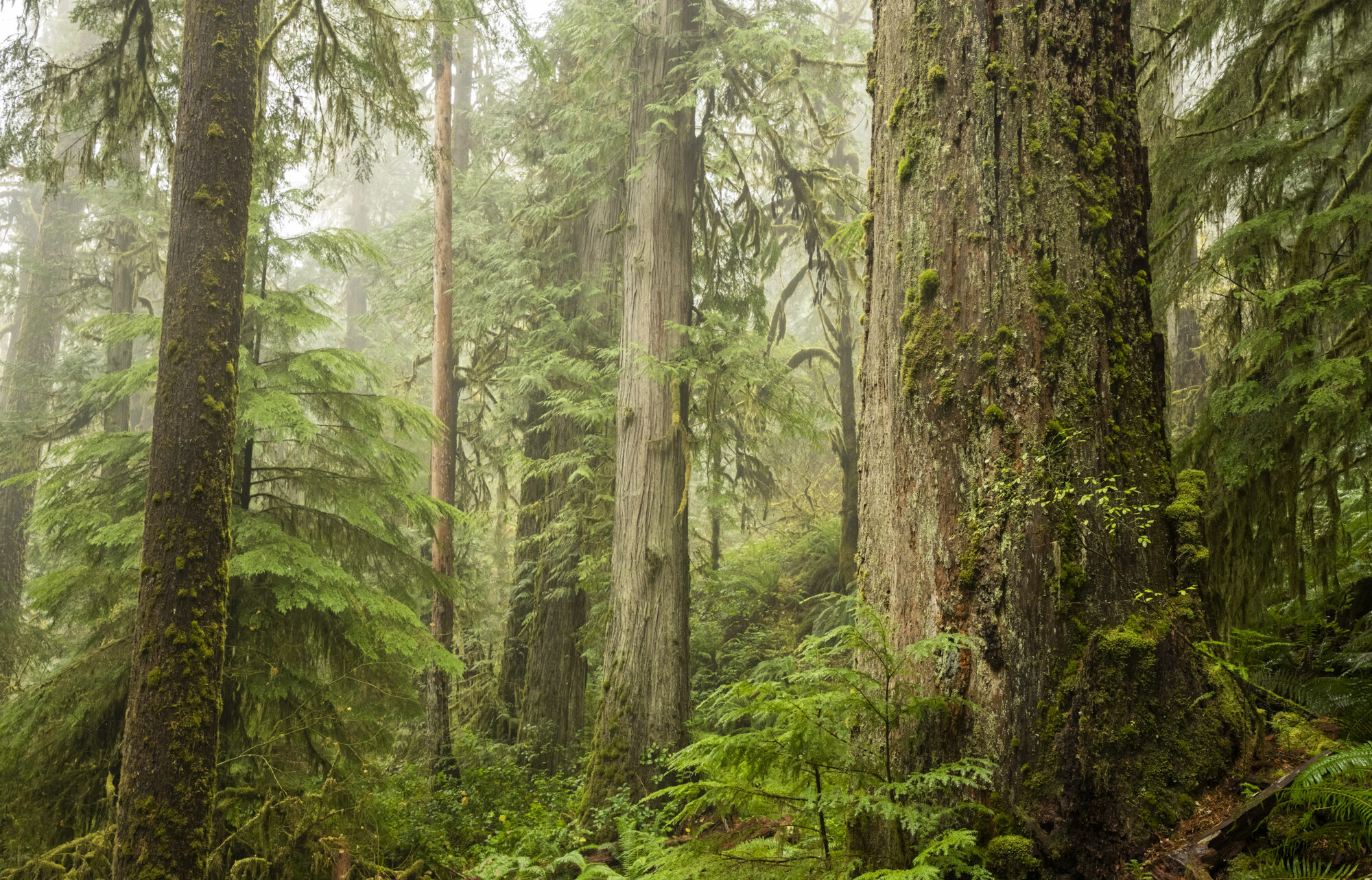
Forests and Climate
Forests are one of our best solutions to the climate crisis—if protected. Only a small percentage is permanently protected; the rest is governed by state or federal laws with varying priorities.
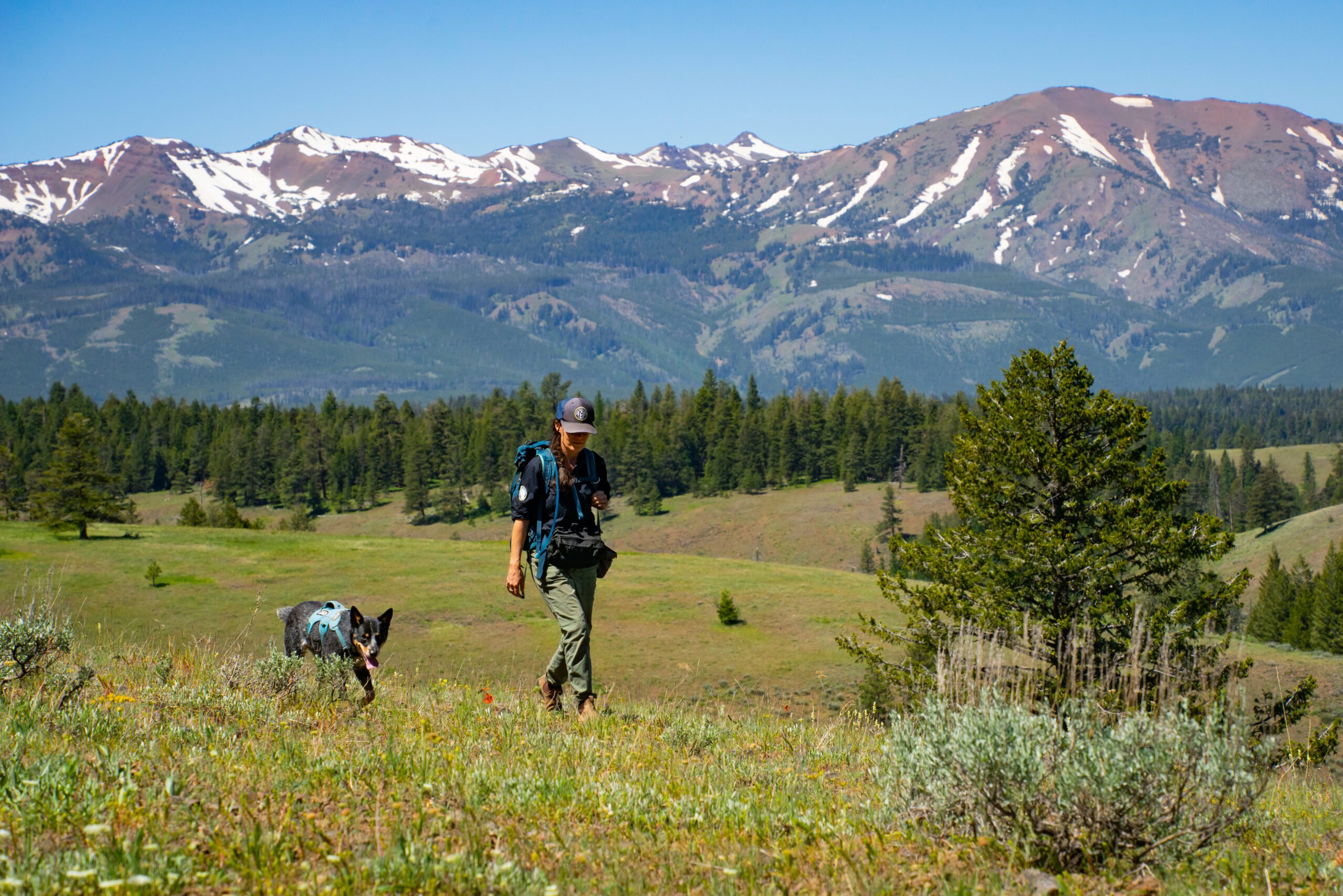
Watchdogging our Public Lands
The laws and policies in place to protect public lands and environmental values are only as good as their enforcement. We keep an eye on all threats to public forest lands and hold agencies and industry accountable.
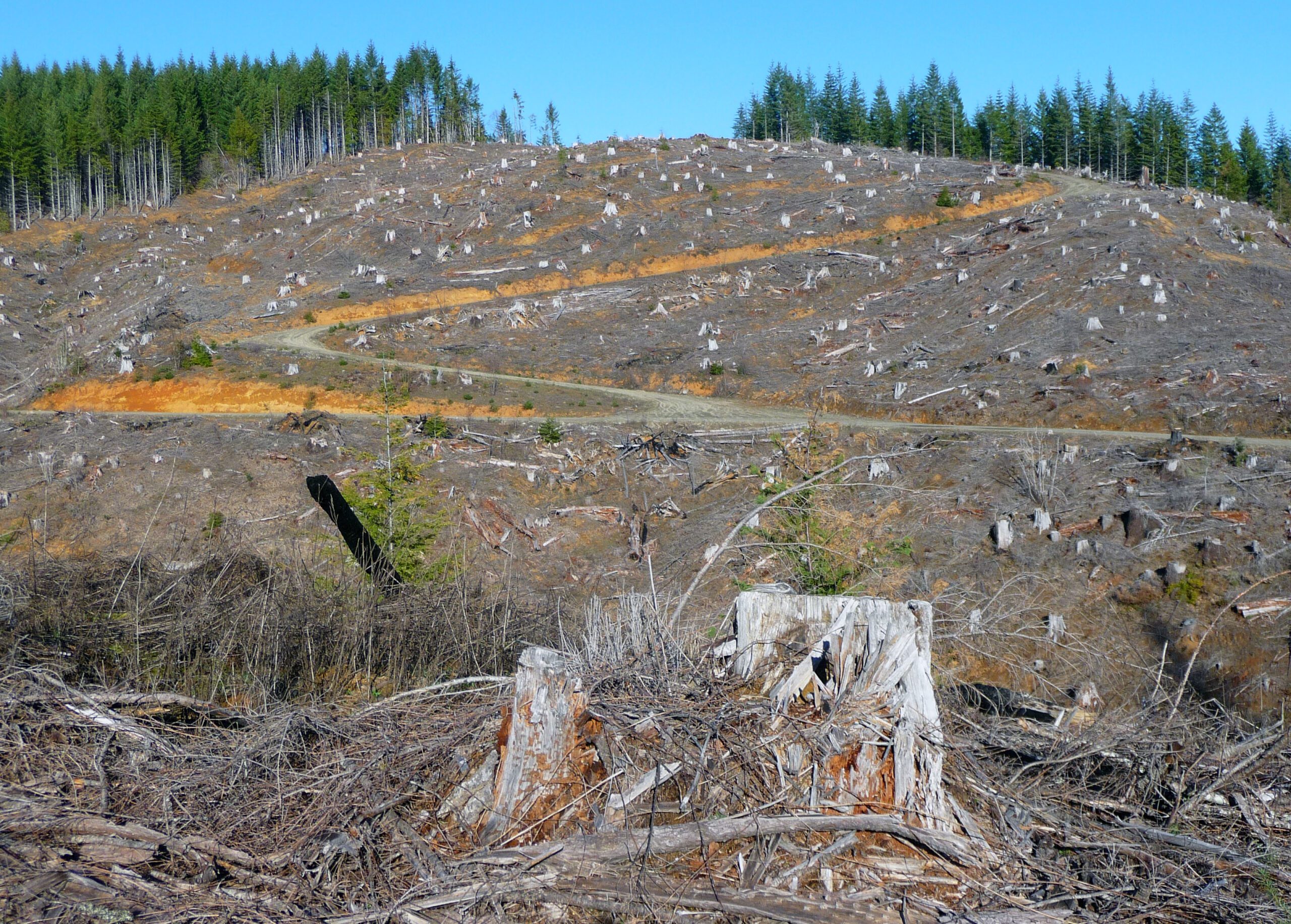
Reforming Private Forest Laws
Nearly one-half of Oregon’s forests are privately owned and primarily managed for timber production. While historically left as sacrifice zones, forest management on these lands has a huge impact on watersheds and wildlife. We’re fighting to reform state laws and policy so they work better for watersheds, wildlife, and neighboring rural communities.
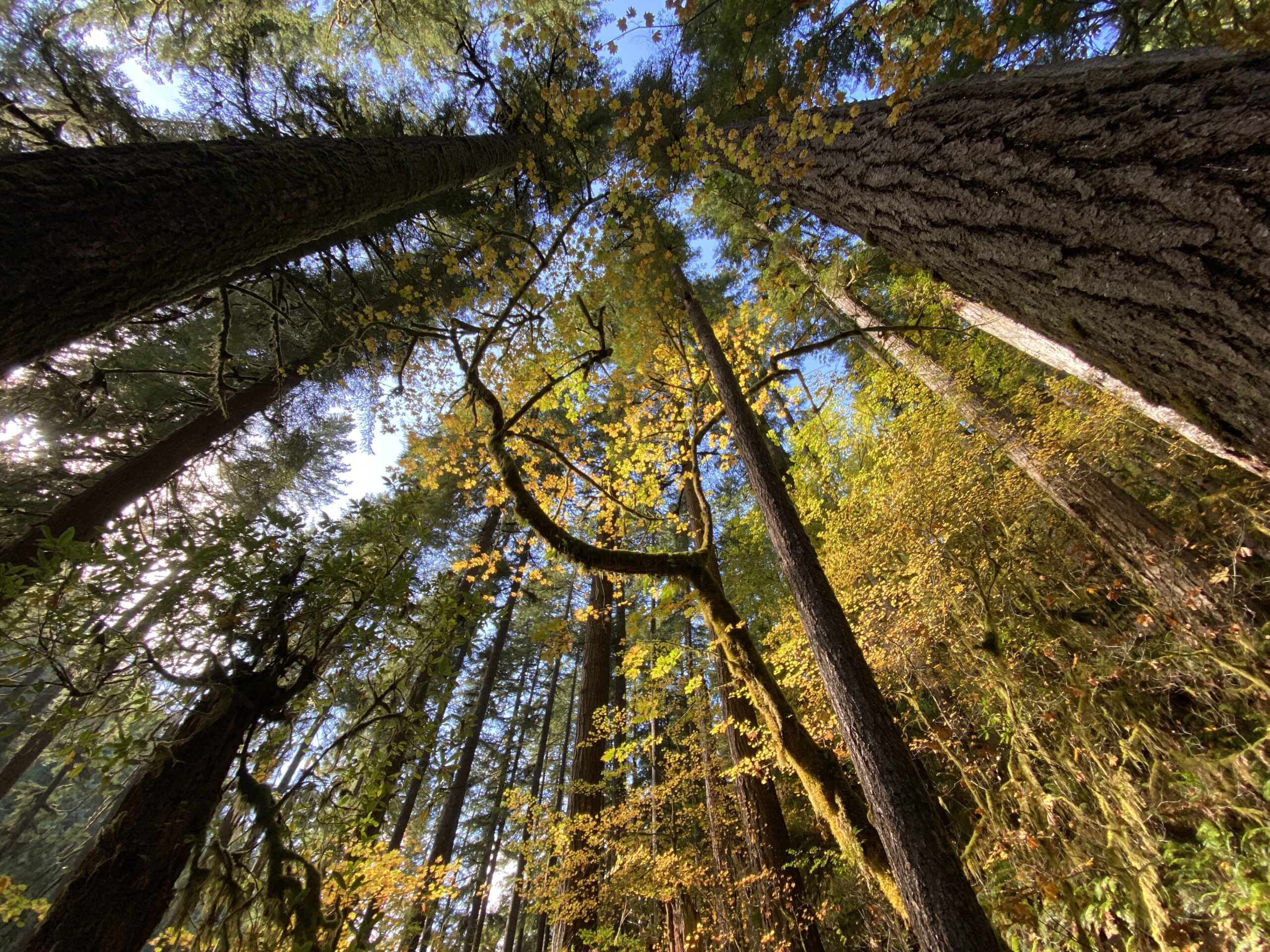
Defending the Northwest Forest Plan
For the past 30 years, the Northwest Forest Plan (NWFP) has protected drinking water and wildlife habitat across the Pacific Northwest. In the face of climate change and biodiversity loss, ensuring a strong NWFP is more important than ever.
